Phonics
Phonics Curriculum Statement
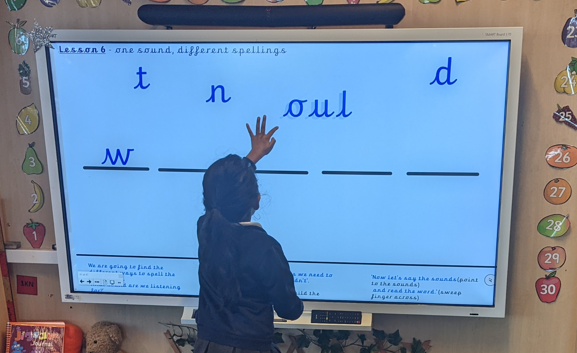
At Cranford Park Academy we value reading as a life skill and are dedicated to enabling children to become lifelong readers. We teach phonics through the Sounds-Write linguistic phonics approach. The rationale for using this approach is that children are taught to understand the relationship between spoken language and written words. Teaching through this approach allows children to develop their phonics knowledge of:
- Segmenting – the ability to pull apart the individual sounds in words e.g. dog = d - o - g
- Blending – the ability to push sounds together to build words e.g. c-a-t = cat
- Phoneme Manipulation – the ability to insert sounds into words and delete sounds from words. This skill is necessary to develop accuracy in reading and spelling.
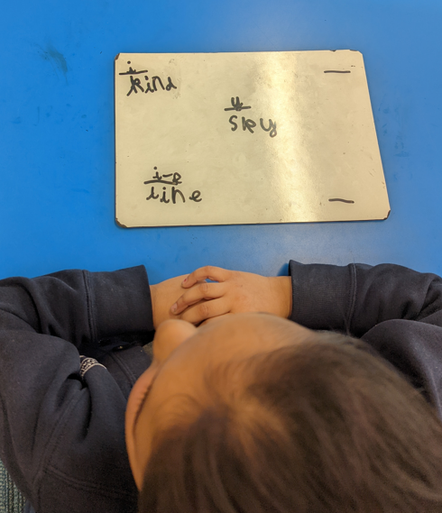
We promote a logical approach to reading, and that all words can be decoded. We therefore do not teach ‘silent letters’ or’ magic letters’. We focus primarily on sounds, and only introduce letter names once children have mastered the key skills needed to decode. In Early Years Foundation Stage, children study the Initial Code. This teaches the concepts:
- One sound, one spelling, beginning with CVC words
- Double consonant spellings (bell,puff etc)
- Once children understand the concept of two letters representing one sound they are exposed to spellings with two different letters (e.g. ch in chin) - Once CVC words using known spellings are understood alternative words structures are introduced (e.g. cvcc, ccvc, vcc, ccvcc, cccvcc etc such as ‘end’, ‘frost’, ‘blinks’)

How the initial code sounds are pronounced
Initial Code Sounds with Miss Snow
Learn how to pronounce the Initial Code sounds with Miss Snow!
In Key Stage 1, children learn the Extended Code. This teaches the concepts:
- Sounds may be written in more than one way e.g. aim, play, cake, great have the same sound /ae/ however it is spelt differently.
- One spelling can represent multiple sounds e.g. ‘ea’ represents /ae/ in great, /e/ in head and /ee/ in dream.
- Alongside the Extended Code, children study the Polysyllabic Code. These are words with more than one syllable e.g. mango.
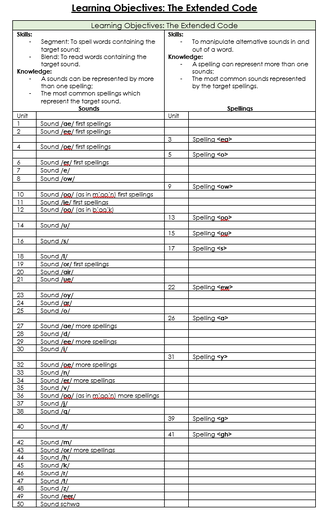
Phonics continues in Key Stage 2 where the principles of the Sounds Write program continue to be used and where needed, personalised interventions are put in place. Staff throughout the school have received high quality CPD.
Sounds taught in school are always reinforced by the decodable phonics reading books that are sent home weekly. We work closely with parents to develop their understanding of phonics, offering phonic workshops in EYFS and KS1 to ensure parents have the knowledge to support their children at home.
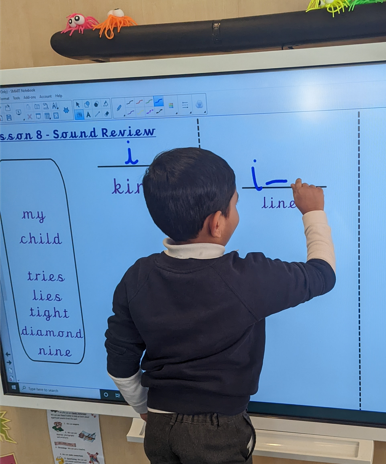
Reading Books
Children from EYFS and Key Stage 1 will take home a variety of reading books to share at home including:
- Reception and Year 1 will bring home a phonic book matched to the phonic code that they have previously been taught
- In Year 2 most children have moved onto using the Accelerated Reader Programme and will bring home a book matched to their ZPD number. Some children will continue to consolidate their phonics knowledge and continue to take home phonic reading books.
- All children in EYFS and Key Stage 1 take home a weekly ‘Free Choice’ book. This is chosen by the children and will help to develop their love of reading. This is not a book the children would be expected to read independently but to share with an adult, for example to be read as a bedtime story.
Tips for parents:
- It is very important to say the letter sound and not the letter name.
- Write letters in lower case and not capitals.
- Start with words known as CVC words (consonant, vowel, consonant e.g. mat).
- To progress onto CVCC (went) CCVC (tram)
- Show your child the correct letter formation.
- When reading and writing, encourage your child to say the sounds they can hear in the word.
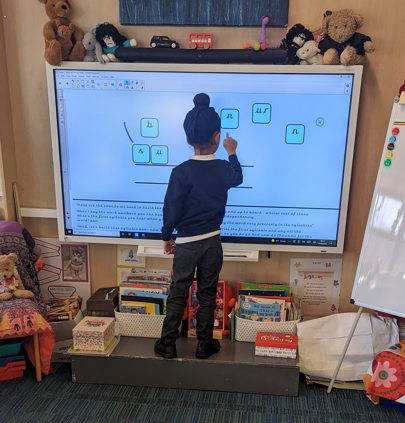
If you would like to learn more about our approach to phonics, please register for the online course, free for everyone!
